#asia and africa
Text

Common or Eurasian Coot (Fulica atra), family Rallidae, order Gruiformes, found across much of Eurasia, northern Africa, and Oceania, Australia and New Zealand
The remarkable feet of coots are fissipalmate (lobed/partially webbed), which help them swim and walk across soft mud (without sinking).
Coots are not ducks, but are more closely related to rails and gallinules/swamphens (and more distantly, cranes).
photograph by Pat L. on flickr
#coot#waterfowl#fulica#rallidae#rail#gruiformes#bird#ornithology#animals#nature#europe#asia#australia#africa
5K notes
·
View notes
Text
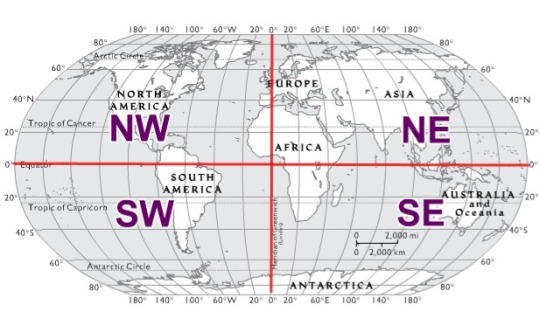

#travelling#foreign travel#backpacking#geography#tumblr polls#Europe#America#Africa#Asia#Australia#tumbler polls
1K notes
·
View notes
Text



#kemetic dreams#iceland#Asia#europe#africa#east africa#Ethiopia#epic video#nature video#nature photography#nature#nature aesthetic
983 notes
·
View notes
Text
Okay, so I have spoken about misconceptions and issues with the exotification of belly dancing before on this account but another issue that is conjoined with this is the nonsensical and fetishistic gaze that jewelry from Asia and Africa are often presented with. As someone whose special interest is traditional jewelry, I see this often.
The problems with the amount of Belly dancer-esque art on this website and beyond is not only about how Belly dancing has been sexualized and far removed from its origins and meaning but because traditional clothing and jewelry also become subject to fetishization within this art and performance - this has been happening for hundreds of years - and it’s an echo of colonialism and racism.
What are some examples of this?
Probably the easiest way to find examples is just by looking up “tribal belly dance jewelry” - this will show you results of hundreds of different types of jewelry from all over (though most commonly Romani, Yemeni, Afghan, Turkmen, Palestinian, Indian, Kabyle, and Kel Tamasheq jewelry) all being sold under the label of “belly dance garb” to primarily white buyers regardless of how different the cultures or practices are - Orientalism homogenizes cultures and sells an exotic fantasy.
Below is a listing for a “Belly dance headdress” but it is actually a Palestinian heirloom, it is not worn for belly dancing or appearing sensual to an audience, it’s a ceremonial headdress for weddings with talismanic properties.

Most of what people draw or take inspiration from for belly dancer-esque art and performances is an amalgamation of different cultures with little to no understanding of what the jewelry is for, what contexts it exists in, and where it is from.
In the realm of West Asian jewelry, a lot of pieces are not only a display of wealth but often have magical/talismanic/religious prosperities. This is another reason why adding these pieces on a drawing which is intended to appear “sensual” is deeply inappropriate. I’ve seen some artists include a hirz necklace (a style of jewelry used throughout West Asia) which are purely religious and contain verses from the Holy Quran within them - so no, not appropriate (none are appropriate but this one especially so). Everything has meaning.
Example:

Traditional jewelry from cultures that are not yours is not free range to sexualize and apply to exotic fantasies, this kind of perception has real consequences. It isn’t just an “I drew it in art and it can’t hurt anyone”, it’s a connected issue. As a Palestinian, I often see Palestinian artifacts (which are mostly stolen and their original owners will never see their belongings again) being added to a belly dancer’s collection for their “tribal dance” act because of the orientalist association with sensuality.
For anyone who wants more context about Belly dancing (raqs baladi/sharqi) to better understand this post - this article explains a lot and part of the history involved - belly dancing, to many of us, was an expression of joy and never meant to be sexualized. Again, the sexualization of the dance has consequences for us.
I’m not going to call out any particular artist or person here since the point of this post is just to explain and talk about why these portrayals are bad and harmful. Please don’t tag anyone but share the information along to them, cultures are not playgrounds.
#this is a very foundational understanding of the issue but i didnt want to write an essay#I know this is from a mainly Palestinian perspective but others are welcome to include or add on#asia#africa#cw Fetishization#orientalism#orientalism discussion#long post
2K notes
·
View notes
Text

#ghana#lgbtq#lgbtqia#lgbtq community#lesbian#lgbt pride#nonbinary#sapphic#nonbinary lesbian#queer#gay girls#ghanaian#west africa#ghana news#nigeria#africa#cameroon#african american#tanzania#asia#cambodia#ethiopia#namibia#boogie#ivory coast#mali#black dyke#black lesbian#poc lesbian
277 notes
·
View notes
Text
Lint Ball (Affectionate)

#Common Pipistrelle#Bats of Europe#Bats of Africa#Bats of Asia#Bat of the day#daily bat#Bats#Batposting#Bat#Cute bats#cute animals#Lil lint ball#love this thing
426 notes
·
View notes
Text

#allurahomeofbeauty#aesthetic#melanin#fashion#photography#black beauty#beauty#self love#black girl#black girls of tumblr#woc#africa#culture#asia#beauty moodboard#beauty aesthetic
183 notes
·
View notes
Text
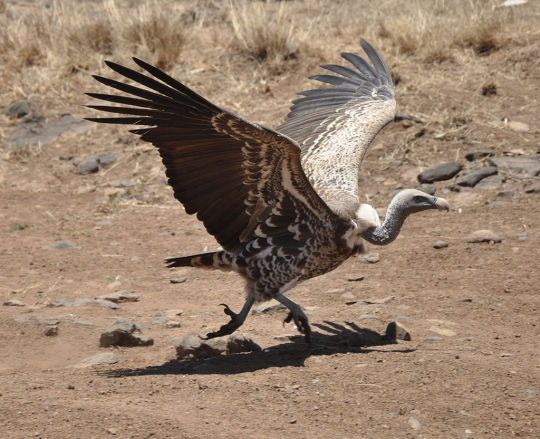
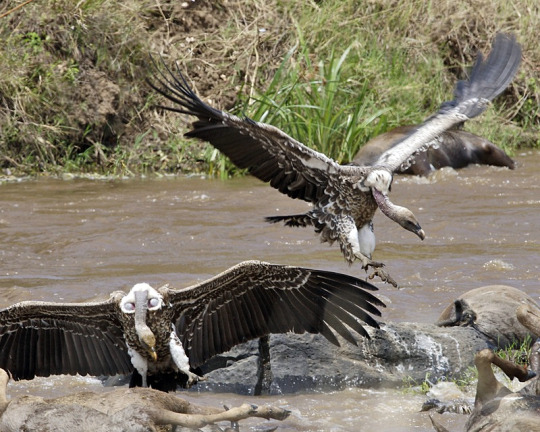
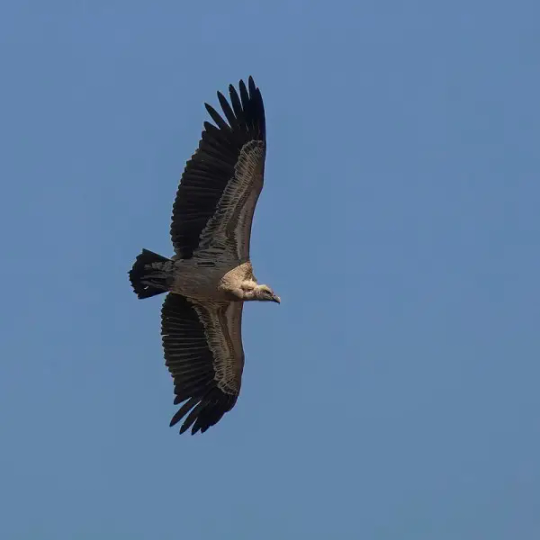
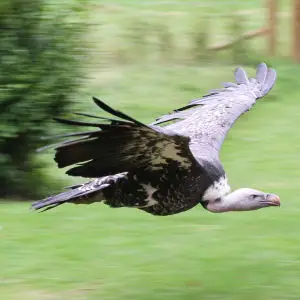

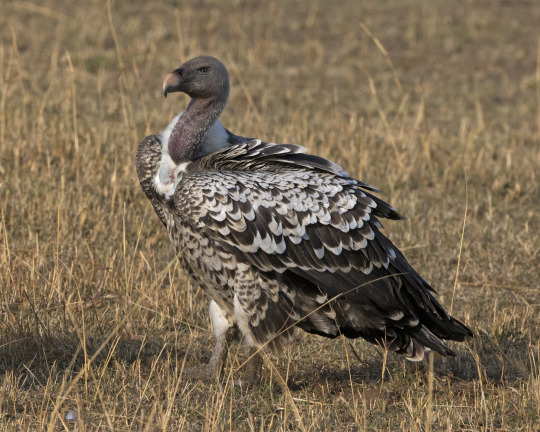
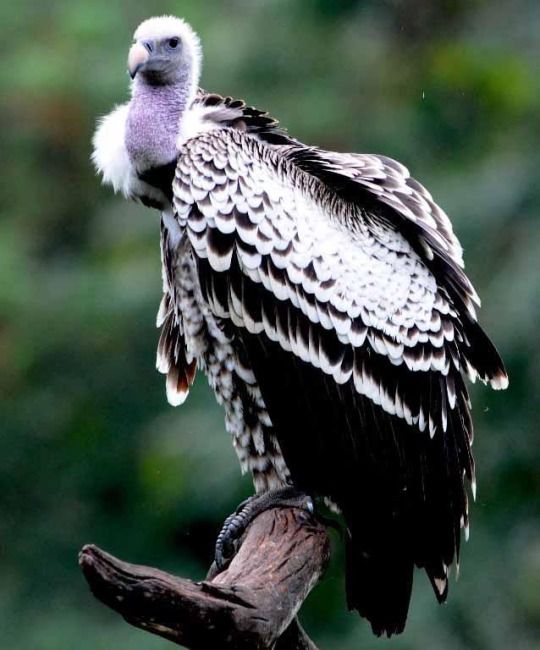
Rüppell's vulture also called Rüppell's griffon vulture, named after Eduard Rüppell, is a large bird of prey in the genus Gyps which is native throughout the sahel and eastern Africa including the countries of Algeria, Benin, Burkina Faso, Burundi, Cameroon, the Central African Republic, Chad, The Ivory Coast, Djibouti, Eritrea, Ethiopia, Gambia, Ghana, Guinea, Guinea-Bissau, Kenya, Mali, Mauritania, Niger, Nigeria, Rwanda, Senegal, Somalia, South Sudan, Sudan, Tanzania, Togo, and Uganda. Here they tend to inhabit grasslands, mountains, and open woodland. Rüppell's vultures are diurnal and very social birds, roosting, nesting, and feeding in large flocks. They spend much of their time flying at great altitudes, using strong winds and thermals to efficiently soar they are known to regular cruise at upwards of 20,000ft (6,000m) above the ground with some known to go as high as 37,000ft (11,300m) making them the highest flying bird. These vultures locate food by sight only, and often follow herds of animals. Once they find a carcass they swoop down, land a little way off, then bound forward with wings spread and their long neck outstretched. Even amongst old world vultures, Rüppell's vultures are specialized feeders with a spiked tongue and strong beak they can strip flesh with ease, and feed upon pelts, hides, and even the bones themselves. Reaching around 33 to 41in (85 -103cms) long, 14 – 20lbs in weight, with a 7.5-8.6ft (2.26 -2.6m) wingspan. They are one of the largest vultures in Africa, both sexes sport mottled brown or black feathering overall with a whitish-brown underbelly and thin, dirty-white fluff covering the head and neck. The base of the neck has a white collar, the eye is yellow or amber, the crop patch deep brown. The head does not have feathers. This species of vulture is considered to be monogamous, forming lifelong breeding pairs. They nest on cliffs in colonies up to a 1,000 strong. After courtship a pair will work together to build a nest using sticks, grass, and leaves that they have gathered or stolen from other nests, here the mother will lay 1 egg. Both parents share in incubation of their egg over a period of 55 days. Once the chick hatches, both parents will feed and tend to it for about 150 days when it fledges. Young remain dependent on their parents after fledging, not reaching independence until the next breeding season. Under ideal conditions a ruppells vulture may live up to 50 years.
#pleistocene#pleistocene pride#pliestocene pride#pliestocene#bird#dinosaur#vulture#ruppells vulture#africa#asia#europe#eurasia#flying#griffon#griffin#griffon vulture
436 notes
·
View notes
Photo
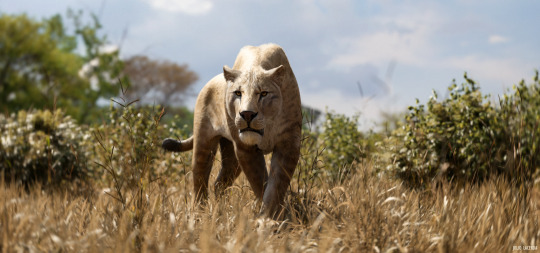


Machairodus, Dinofelis, Megantereon
Patreon • Ko-fi • Facebook • Twitter • Prints & Merch
#palaeoblr#paleoart#sabertooth#machairodus#dinofelis#megantereon#plains#africa#asia#europe#cenozoic#mammals
1K notes
·
View notes
Text



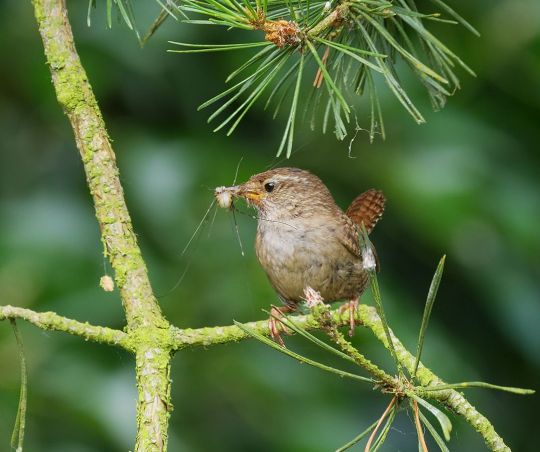
The King of All Birds
The Eurasian wren, also known as the northern wren or the winter wren (Troglodytes troglodytes) is found throughout Asia, most of Europe, and northern Africa; it has also been introduced into parts of North America. This bird can thrive in a variety of habitats, but prefer deciduous or coniferous forests with plenty of bushes and leaf cover.
The northern wren is on the small side, only 9 to 10 cm (3.5 to 3.9 in) long with a wingspan of 13–17 cm (5.1–6.7 in), and weighing at most about 10 g (0.35 oz). It is brown all over; darker on top, and mottled tan on the underside, wings, and tail. Males and females are nearly identical, but in the breeding season they can be distinguished by a brood patch on the females or a swollen cloaca in the males. T. troglodytes has several calls and songs, the most common of which is a "tic-tic-tic" sound.
Breeding season throughout Europe and Asia is in the spring and summer, from March to August. Males maintain a territory, reinforcing its boundaries with complex songs and building several nests to draw in females. When a female arrives, he gives her a tour of his territory and, if she's impressed, she allows him to mate. After this, she lays 5-7 eggs in one of the males' nests and proceeds to incubate them while he provides food. At about 15 days, the eggs hatch. Generally the young are cared for by the female, while the male seeks out another mate, but some monogamous males will stay with the nest until the chicks have fledged at about 16 days old. Winter wrens only live about 2 years old in the wild, though some individuals may live as long as 4 years.
The eurasian wren is active primarily during the day, and when not defending their territories or seeking out mates, they are foraging for insects. Their primary prey are moths, butterflies, millipedes, and larvae-- and, in riparian areas, aquatic invertebrates. Birds of prey like northern harriers are the primary predators of T. troglodytes adults, while nests are targets for crows, jays, and weasels.
Conservation status: Due to its large range and population size, the Eurasian wren is considered Least Concern by the IUCN. In fact, studies and monitoring programs indicate that the number of winter wrens is increasing.
If you like what I do, consider leaving a tip or buying me a kofi!
Photos
Ashley Bradford
Andy Wilson
Steve Garvie
Andreas Eichler
#eurasian wren#Passeriformes#Troglodytidae#wrens#perching birds#birds#deciduous forest birds#evergreen forest birds#generalist fauna#generalist birds#europe#asia#eastern asia#africa#north africa
164 notes
·
View notes
Text

Lammergeier aka Bearded Vulture (Gypaetus barbatus), Accipitridae, order Accipitriformes, found in mountainous areas of Africa, Europe, and Asia
photograph by Eduard Villar Lleonart @edville
1K notes
·
View notes
Text
Asia nature 📌
109 notes
·
View notes
Note
Im not gonna lie I genuinely was shocked to see you post a vulture culture post. Not that im not pleased! But of all the blogs I follow, Yours was not a suspect until I saw your name at the top.
it's not a thing I'm into myself but I am adjacent to many people who are into it and I sure can appreciate a good skull
#please make sure your stuff is appropriately sourced though and DO NOT BUY BATS#many bat species in asia and africa that are understudied are being drastically overharvested to make 'bat mummies' and museum specimens
97 notes
·
View notes
Text
The ignorance that the queers of the world have about swana/mena queers and them only bringing us up when talking about how they're illegal there and they would get raped and killed there speaks volumes in so many ways.
and one of them is that it's because it's about them. It's about them wanting to come to our countries and have vacations and adventures and wear our cultural attires for aesthetic and getting free / cheap stuff and rides and even places to stay. I've seen so many tourists take advantage of our hospitality thinking their posts won't reach bilingual arabic speakers. film us whilst laughing as if we are circus animals. and fetishizing us and making content out of us...etc.
it was never about our safety and lives it's about their safety if they wanted to come visit countries that they will never be forced to go to or live in.
The western celebrities that come to the middle east and wear rainbow things have done absolutely nothing for us and actually it has backfired on us so many times while they get to leave. because it was not thought out and it was not about us from the beginning just for them to look good and for their non swana/mena queer fans.and their silence and neutrality at this critical moment tells me enough.
I'm not surprised because when we actually need solidarity we get ignored we only exist when it fits an agenda, for jokes, fetish or for selfish reasons.
And we have queer swana/mena famous artists and activities by the way (I know that's crazy) and they did are doing so much for the community than any westerner queer activities have done and is doing.
185 notes
·
View notes
Text

Bashi-bazouks before a Gateway by Paul Joanowits
Bashi-bazouks were irregulars in the Ottoman army and hailed from lands across the Ottoman empire, from Egypt to the Balkans. The two soldiers converse in an Egyptian setting, the gate topped by Mamluk carvings and flanked by East African 'Grandees' chairs', amalgams of Mamluk, Portuguese, and Indian influence.
#bashi bazouk#gateway#gate#art#paul joanowitz#soldiers#ottoman army#ottoman empire#orientalism#europe#asia#north africa#middle east#egypt#egyptian#albanian#circassian#albanians#circassians#albania#balkans#history#mamluks#soldier#guns#rifles#circassia#rifle#gun#smoking
390 notes
·
View notes
Text
We Love the Them
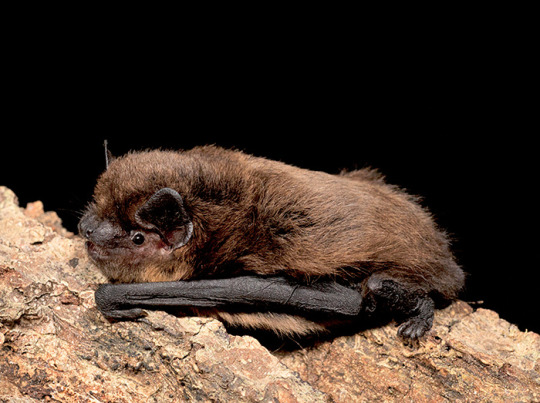
#Common Pipistrelle#Bats of Asia#bats of Africa#bats of Europe#Bat of the day#Daily bat#bat#bats#batposting#cute bats#cute animals#we love the them#we love them#I love them
262 notes
·
View notes